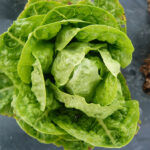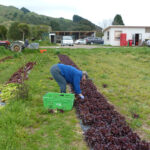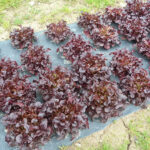How communal farms help the environment and aspiring veggie growers
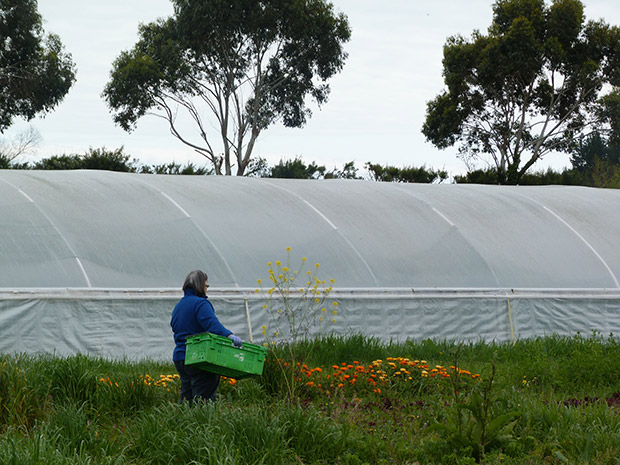
Common Property began with the purpose of giving access to land to those who couldn’t afford their own. This is what we can learn from their community-oriented initiative.
Words: Vivienne Bailey
Common Property is a world away from its dairy farming past of barren pasture. Today, thousands of established native shelter trees line the fields. Piwakawaka (fantail) flit in and out, making hairpin turns in the air to capture the insects which are everywhere in the chemical-free ecosystem.
When Jim Kebbell and Marion Wood became the sole owners of Common Property, they started a seedling-growing operation. They turned the rest of it into a cooperative venture for growers who couldn’t afford their own land.
Everyone leases part of the property, farm buildings, and equipment, and they all work together to maintain the farm’s organic certification.
They also supply most of the fresh vegetables, berries, and fruit sold at the Commonsense stores. Each grower chooses their hours of work based on what their section of the farm needs.
“It all comes down to communication, we’re always flicking ideas off each other,” says Alan Browne of Kapiti Organics. “And because of the BioGro audits, we all have to stick to the rules of what we put on the ground and on the plants – we’re very stringent on that.”
The growers use planting systems to encourage a natural balance, including growing phacelia to attract ladybirds which keep aphids away, crop rotation, and non-soluble rock fertilisers in place of soluble chemical fertilisers (which leach into the water table).
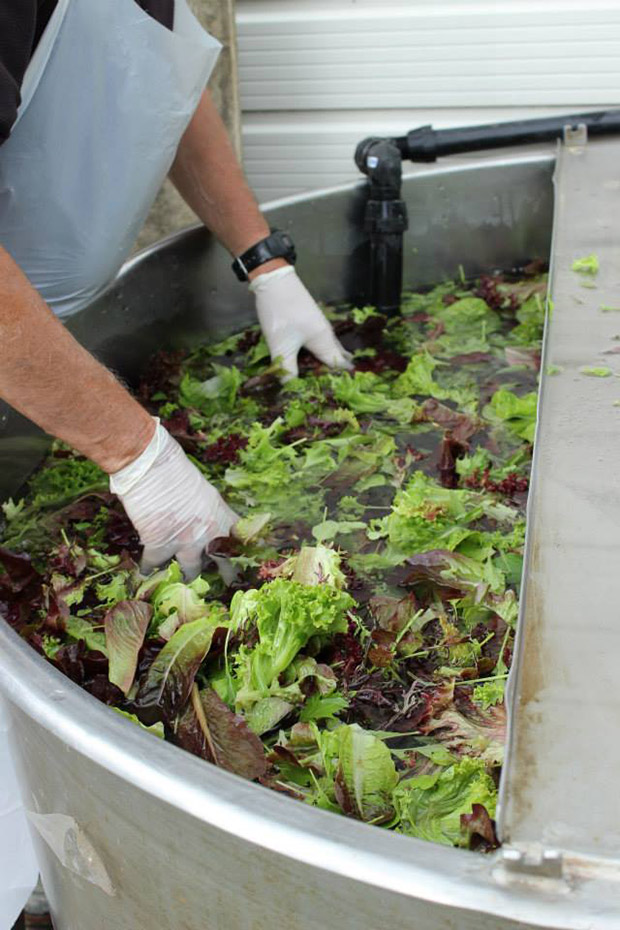
The growers also pool resources. In the last year, they’ve bought a portable building and converted it into a wash and packhouse. They’ve also set up a new water collection system that funnels rainwater off the shed roofs and into storage tanks.
The water goes through a filter, then a UV filter, before its used to wash produce. “That was the biggie, having clean water for washing,” says Alan.
“It’s not cheap (to meet the NZGAP requirements), and there’s a lot of rules, but it’s where the whole system is headed, so we’re going through that process.
“It’s good too because I’m sure a lot of retailers will only purchase from GAP-assured businesses in future.”
WHAT IS NZGAP?
NZ Good Agricultural Practice is a farm assurance standard run by Horticulture NZ, recognised and accepted by retailers worldwide. To become NZGAP-certified, fruit and vegetable growers must show they meet safe and sustainable production methods, including food safety, environmental, and quality assurance standards.
Love this story? Subscribe now!
 This article first appeared in NZ Lifestyle Block Magazine.
This article first appeared in NZ Lifestyle Block Magazine.
